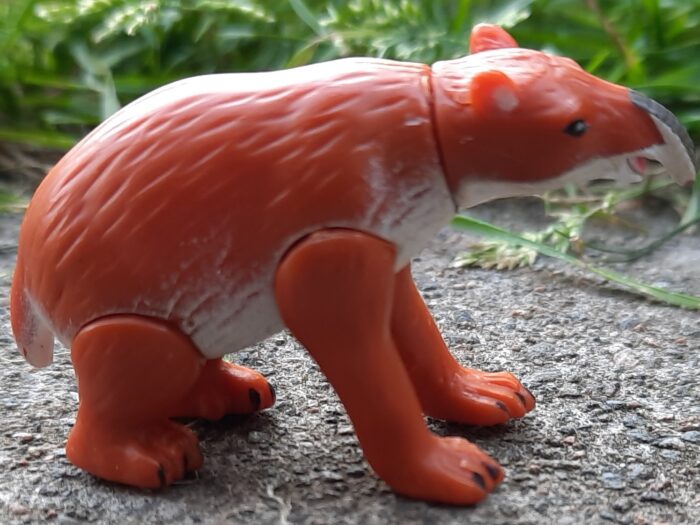I sometimes can’t believe it’s been nearly five years since I first reviewed a figure, a woolly rhino by Papo. I felt recently that I should take a nostalgic look back at the beast that started it all, review a figure of the great animal that once roamed the grasslands of Europe and Asia some 10,000 years ago.
Classification: Mammal
Review: Megaloceros (Papo)
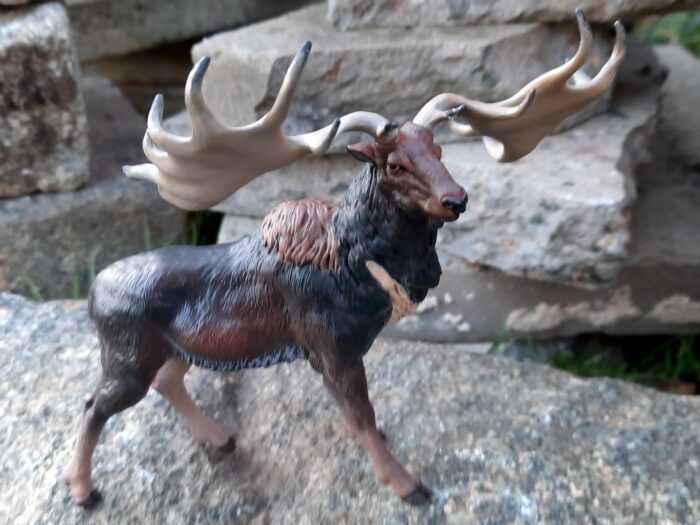
2020 has been a bumper year for the Palaeozoic, Therapsids and minor creatures of the Mesozoic, but this has come at the expense of Cenozoic species, at least among the major toy lines, and the mammals only made half of this list. CollectA produced Megalodon, and Papo brought out the only mammal of 2020 from the major toy producers.
Review: Dire Wolf (Bullyland)
Review: Woolly Mammoth (12″)(Douglas Cuddle Toys)
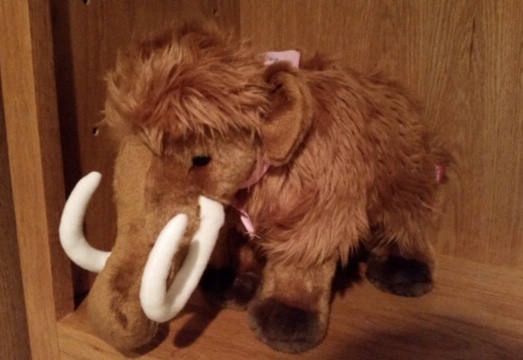
Review and photos by Bryan Divers, edited by Suspsy
No other prehistoric animal has touched my soul quite like the gentle woolly mammoth. Their gentleness, their ability to love, and yet their tragedy has captivated me since childhood. I have even written a song, “If I Can Reach You In Time,” which puts to music my longing to see and touch a mammoth, and the quest to find mammoth DNA in time to rescue the species from extinction.
Review: Cohen’s Thingodonta/ Yalkaparidon (Lost Kingdoms Series A by Yowie)

There aren’t many animals in the world known by their scientific name as opposed to a common name, yet the palaeo world seems to only use them, unless they are particularly well known, like the Woolly Mammoth or T. rex. That’s why I love this particular model, of an animal named Yalkaparidon (from the Aboriginal word for boomerang, based on the animals molar shape), but referred to in the common lexicon as Cohen’s Thingadonta, which is a brilliant name.
Review: Woolly Mammoth (Large Version by AAA)
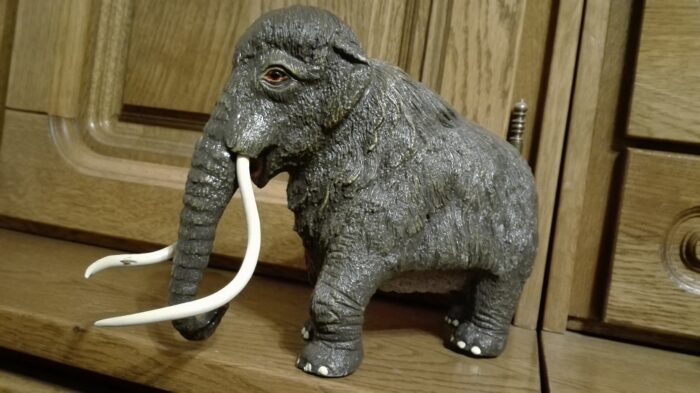
Review and photographs by Stolpergeist, edited by Suspsy
Woolly mammoths are among the most majestic mammalian megafauna of the past. Being such iconic prehistoric animals, plenty of toys have been made by various companies, from the fantastic and anatomically accurate figures by Favorite Co.
Review: Marsupial Tapir/ Palorchestes (Lost Kingdoms Series A by Yowie)
Review: Prehistoric Animal Set (The Ark by Joy City)
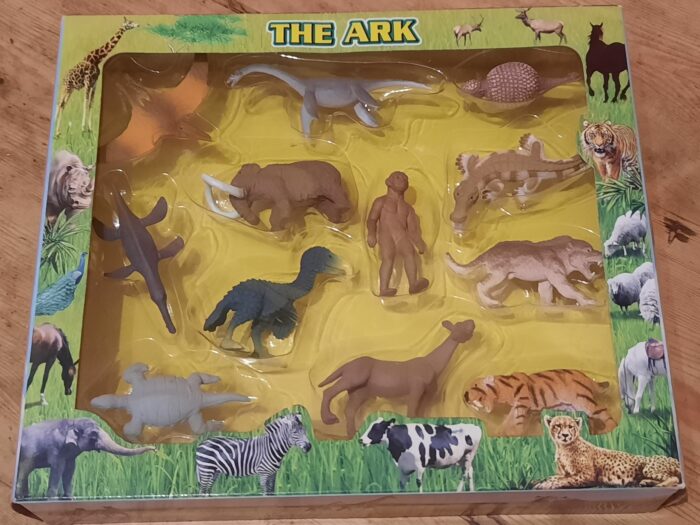
Every now and again, something rather interesting pops up that you wouldn’t expect to be as good as you’d think. The toy sets you would see at supermarkets like Aldi and Lidl, often seen as cheap item makers, having something worth getting. Here, we examine the Joy City line on prehistoric animals, a counterpoint to there Dinosaur wave, which seems more typical chinasaur.
Review: Diprotodon (Lost Kingdoms Series A by Yowie)
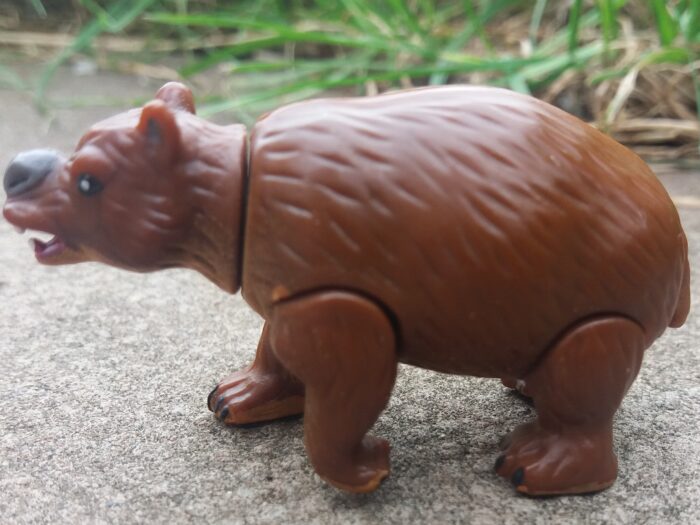
Marsupials are a fascinating group of mammals. With the ability to have multiple young at once and pouches to keep them safe. They have been around for millions of years, now restricted to Australia and South America. Australia once had the largest member of this class: Diprotodon, a giant Wombat relative the size of rhinos, they died out 50,000 years ago, just as the first Aborigines came to Australia.
Review: Andrewsarchus (Play Visions)
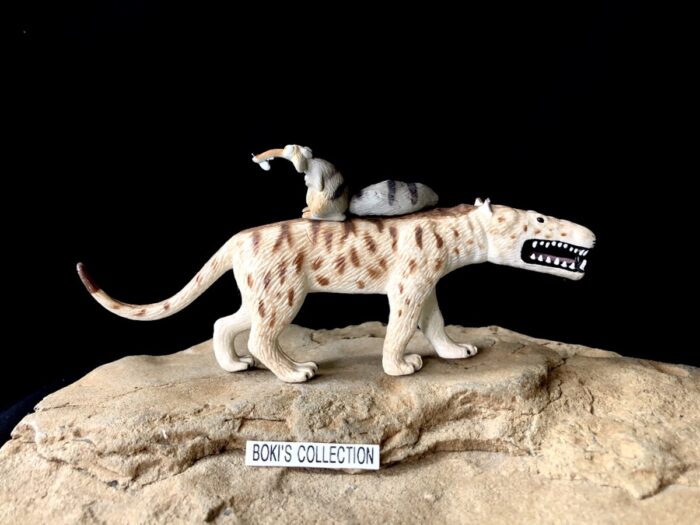
Part 3 of 4 – Large Play visions Prehistoric mammals
Dust funnels swept across the dry and hot landscape. It’s been months since the last rain and the vegetations, once lush, has now turned brown. Animals that inhabit this environment are under tremendous stress as they seek out food and shelter from the exhausting heat.
Review: Basilosaurus (Recur)
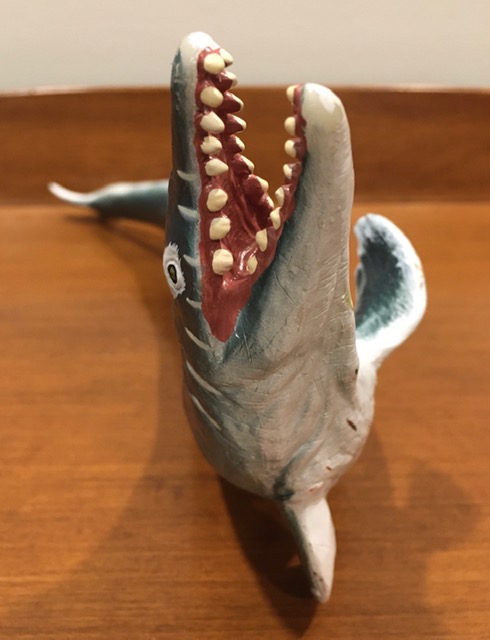
When anatomist Richard Harlan was presented with the fossil remains of a huge marine creature in 1834, he thought it must have been a reptile like Plesiosaurus or Mosasaurus, and therefore bestowed upon it the name Basilosaurus, “king lizard.” But when Sir Richard Owen later examined the teeth, he noted their double-rooted nature, which is a signature of mammals.
Review: Palorchestes (Play Visions large and mini figure)
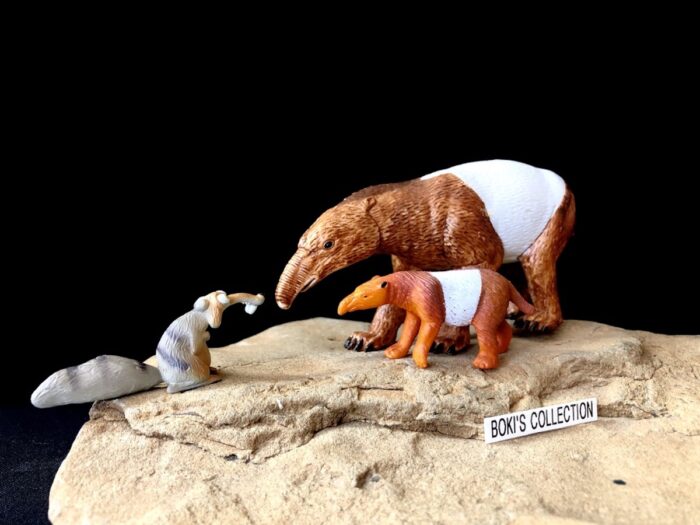
Review and photos by Bokisaurus
Part 2 of 4 – Large Play Visions Prehistoric mammals
This will be a series of four reviews. I decided that each of the figures in the set warrants their own review instead of combined into one. I will also cover the mini version that was from a separate set of 8 figures.
The four large figure with the book the figures were based on.






